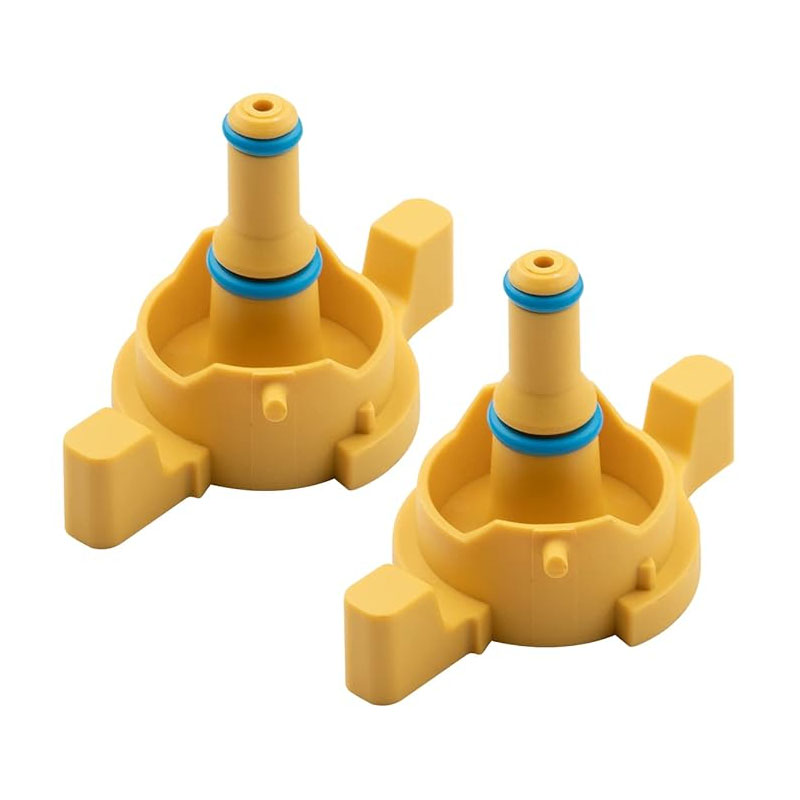Exploring Various Types of O-Rings for Different Applications and Uses
Different Types of O-Rings A Comprehensive Guide
O-rings are essential components used in a wide range of applications, from automotive to aerospace, plumbing to manufacturing. Their simple design—a circular ring made from various materials—makes them highly effective for sealing. The importance of O-rings cannot be overstated; they prevent leaks and ensure that various systems operate smoothly and efficiently. Understanding the different types of O-rings available can be crucial for selecting the right one for your specific needs.
1. Material Types
O-rings are made from various materials, each offering different properties suitable for specific applications. The most common materials include
- Nitrile Rubber (NBR) Known for its excellent resistance to petroleum-based oils and fuels, NBR is widely used in automotive applications. However, it is less effective against high temperatures and ozone.
- Fluorocarbon (FKM) This is a high-performance elastomer that can withstand high temperatures and aggressive chemicals. Fluorocarbon O-rings are ideal for applications in the aerospace and chemical industries.
- Silicone Offering excellent temperature resistance, silicone O-rings are commonly used in applications that encounter extreme temperatures, both hot and cold. They are also highly flexible, making them suitable for dynamic sealing applications.
- Polyurethane Known for its excellent abrasion resistance, polyurethane O-rings are often used in heavy machinery and hydraulic applications. They combine the benefits of both rubber and plastic, providing a longer lifespan in demanding environments.
- EPDM Ethylene Propylene Diene Monomer (EPDM) rubber is famous for its resistance to heat, aging, and weather conditions. It is often used in outdoor applications and in seals for water systems.
While circular O-rings are the most common, they can also come in various cross-sectional shapes, depending on the sealing requirements
different types of o rings

- Square O-Rings These provide a larger sealing surface and are often used in applications where higher pressures are involved.
- D-Rings Shaped like a D, these rings can provide excellent sealing with less friction, making them suitable for dynamic applications.
- Custom Shapes For certain applications, O-rings can be customized to fit specific geometries, ensuring a perfect seal no matter the design.
3. Sizes and Standards
O-rings come in a variety of sizes and comply with standards like AS568 (American standard) or ISO 3601 (international standard). Selecting the right size is crucial for ensuring a proper fit and maintaining an effective seal.
4. Advantages of Using O-Rings
- Cost-Effective O-rings are relatively inexpensive compared to other sealing solutions, making them a popular choice in various industries.
- Versatile They can be used in static and dynamic applications, making them suitable for a myriad of uses.
- Reliable With proper material selection, O-rings provide a dependable seal that is resistant to various environmental factors.
In conclusion, the diverse range of O-rings available allows for versatile application, catering to different industry demands. By understanding the types of materials, shapes, and sizes, end-users can ensure optimal performance and durability of their systems, minimizing leaks and maintenance costs. Whether you are looking to seal hydraulic systems, automotive components, or household plumbing, mastering the knowledge of O-rings is essential for success.
-
The Ultimate Guide to Car Repair Kits: Tools and Essentials Every Driver Should Own
News Aug.01,2025
-
The Complete Guide to Oil Pan Gaskets: Sealing Engine Leaks the Right Way
News Aug.01,2025
-
Preventing Oil Leaks: A Complete Guide to Oil Pan Gaskets and Drain Seals
News Aug.01,2025
-
Everything You Need to Know About Oil Pan Gaskets and Drain Plug Seals
News Aug.01,2025
-
Essential for Car Owners: How to Use a Car Repair Kit to Deal with Minor Breakdown
News Aug.01,2025
-
Comprehensive Guide to Engine Oil Sump Gaskets and Related Seals
News Aug.01,2025
-
The Ultimate Guide to Boat Propeller Bearings and Trailer Wheel Bearings
News Jul.31,2025
Products categories















